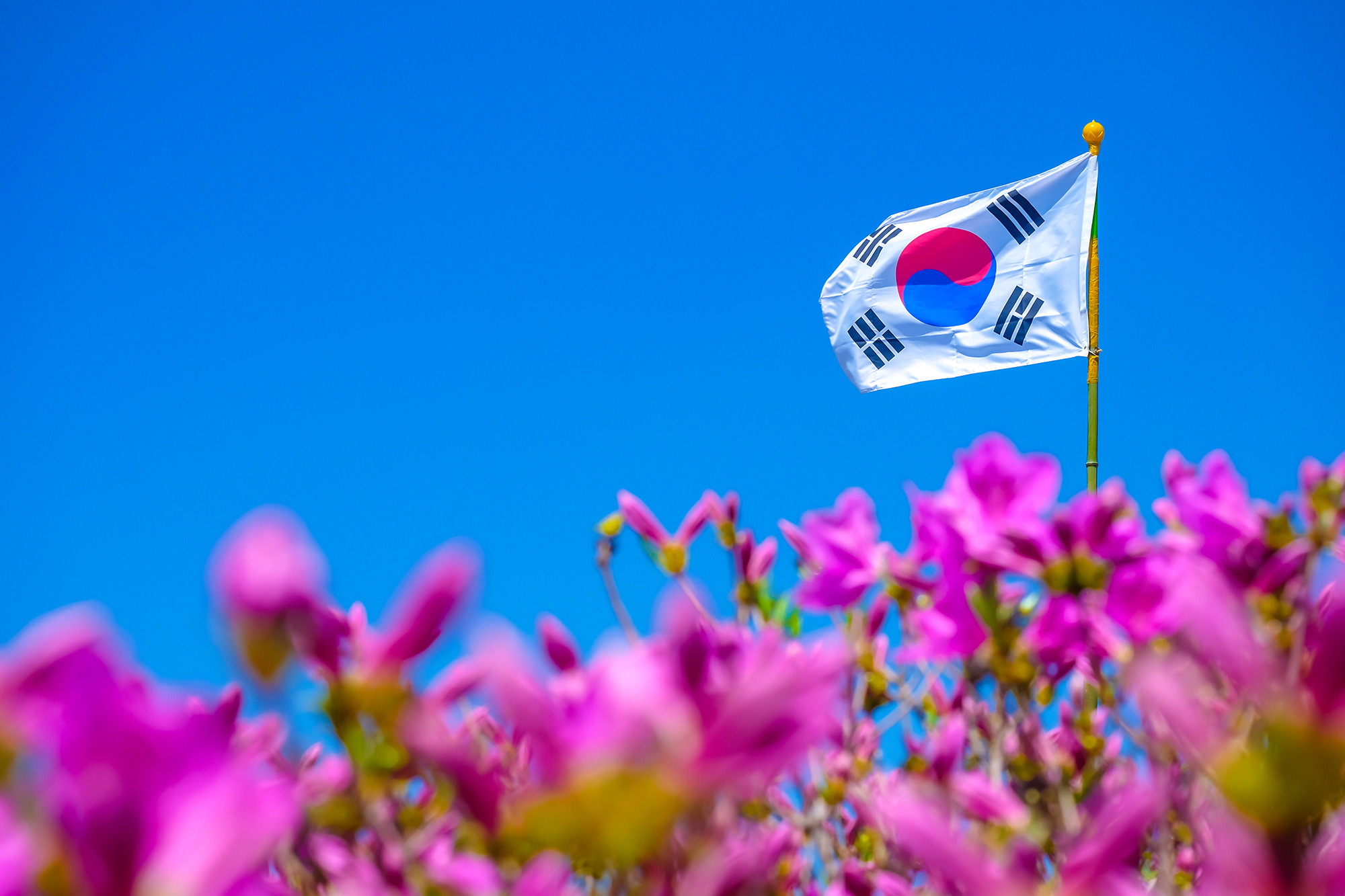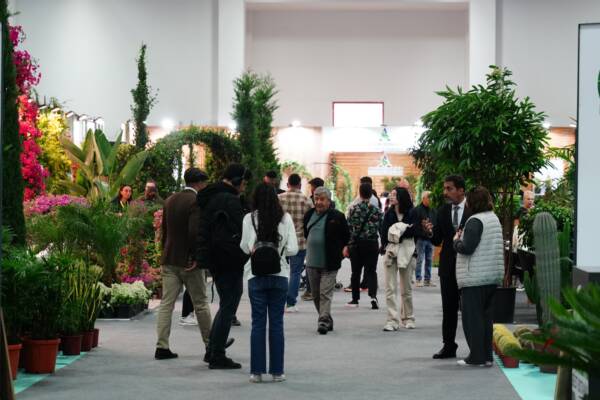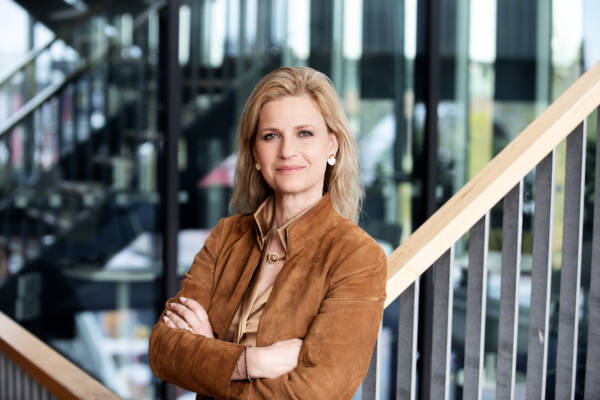Over the past twenty years, the ornamental horticulture industry in the Republic of Korea has been in decline. Korean industry professionals offered their insights into why this is at the International Association of Horticultural Producers (AIPH)’s Horticultural Industry Conference, held on 19 September 2023 in Suncheon, Republic of Korea as part of the 75th AIPH Annual Congress.
Dr. Park Kihwan, Research Director at the Korea Rural Economic Institute (KREI), presented an overview of the ornamental horticulture industry in the Republic of Korea over the past couple of decades. In 2005, there was peak in the industry in Korea. Park noted: “In 1990, the sales revenue was 239.3 billion Korean won. By 2005, it grew significantly to 1.105 trillion Korean won, indicating a growth of approximately 400%. However, in 2021, it decreased to 538.2 billion Korean won.”
Why has the industry declined in Korea? Mr. Lim Yuktaek, President of the Korea Florist Association (KFA) and Korea Federation of Flower-Related Associations (KOFLAS) attributed it to the public opinion on ornamental flowers. He commented: “Flowers are still perceived as a luxury expenditure.” Typically, flowers are bought for events, such as weddings, and not seen as a day-to-day purchase. Lim continued: “Recent economic downturns have also led to a reduction in consumer spending.”
In order to combat the industry’s decline, the Korean government has initiated several programmes to support growers and change public opinion. Park commented: “In order to maintain the industry in the future the government established a consultation body for the floriculture industry. They plan to provide subsidies for growers who need to invest in their infrastructure.”
Other methods of supporting the industry include improving distribution systems, such as introducing electronic flower auctions, improving transparency in the imported wholesale market, and generating consumer demands for flowers.
An ageing industry
Another challenge for the Korean floriculture industry is the lack of young growers. From 2000 to 2020, there was a 46% reduction in the number of growers as younger generations choose not to follow in their parents footsteps. In order to combat this, the government has several strategies in place. One such strategy is to provide young farmers who are starting flower cultivation with leased farms equipped with smart farming technologies.
Mr. Song Junho is one of the few young growers in the industry. At 28, he is a Co-Operator in his parents’ agricultural company: Youngho. He was selected as Young Farmer 2022 by the Korean Ministry of Agriculture.
“People ask why I went into farming,” Song said. “It is because I’m passionate about the industry. I am particularly interested in propagation. However, I think there is a lack of propagation technology in Korea.” Propagating species has been difficult for Song and has led to many failures, but he continued to work and began utilising plant hormones with great success. Thanks to his determination to make his projects succeed he has received support from the local government and his story has been shared on TV, serving as an inspiration for other young growers.
“Farming at a young age is challenging. I am trying to be a person who will always embrace those challenges and move forward.”
What about imports?
Mr. Rick Nobel, Agricultural Counsellor for the Netherlands Embassy in the Republic of Korea, highlighted the trade opportunities presented by Korea. “There has been a stark increase in cut flowers, bulbs, and live plants imports to the Republic of Korea from countries such as the Netherlands, Colombia, and more,” he said.
Due to the decline in the Korean floriculture industry, there is dissatisfaction among consumers about locally grown plants. Issues include a relatively short vase life for local cut flowers and a high price compared to imported products. “Young consumers are seeking new varieties and colours, which the local market cannot provide.” Rick noted. All of this presents foreign producers a perfect opportunity to capitalise on the demand. Imports of cut flowers in particular have seen a significant increase. Popular flowers include roses, carnations, and chrysanthemums.
AIPH extends its thanks to Biblo, 2023 Suncheonman International Garden Expo, MPS, and Royal FloraHolland for their support of the Horticultural Industry Conference, which was part of the 75th AIPH Annual Congress held in Suncheon, Republic of Korea from 17-21 September 2023.



















